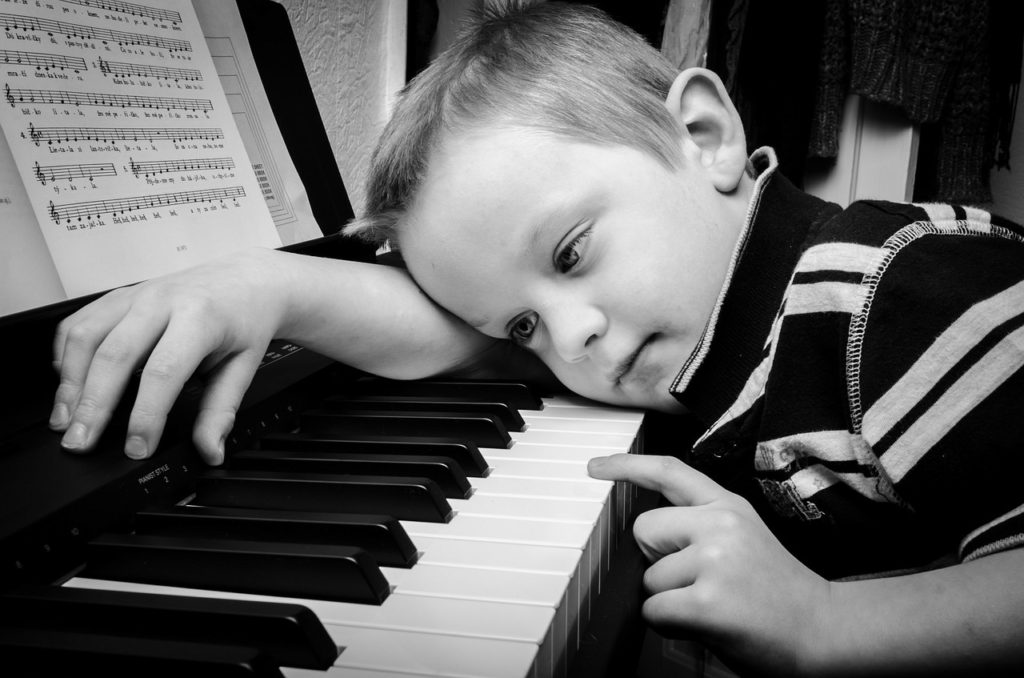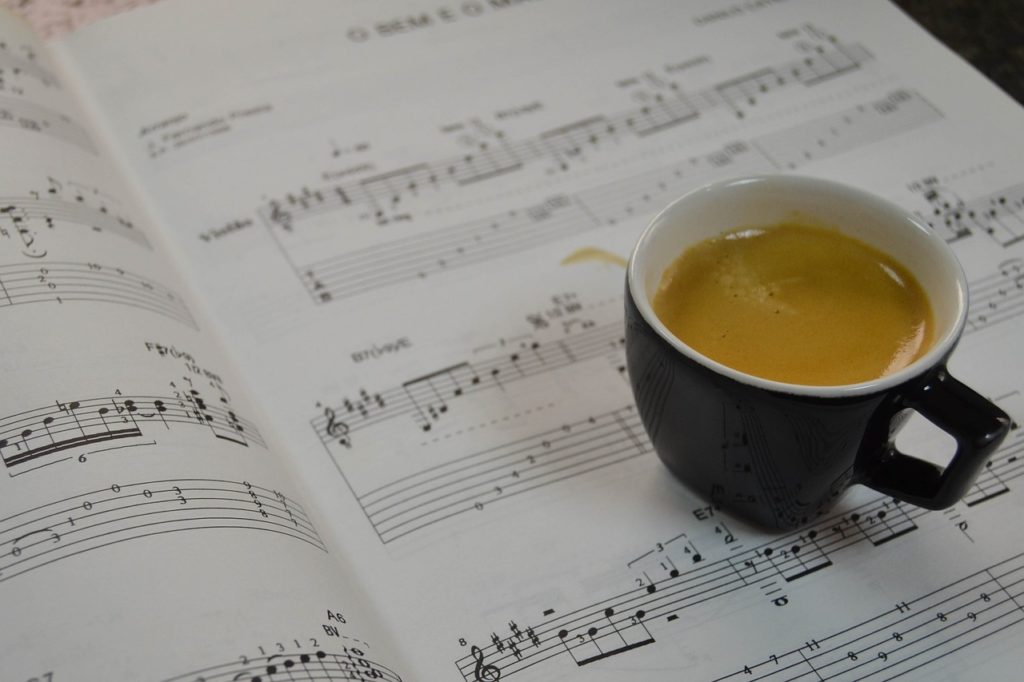How to Use Color Coded Note Head Extenders for LD and Special Needs Rhythm Learning
Have you ever had students who don’t hold their notes long enough? This remains a very common problem with all students, not just with ADD, LD, and special needs students. Read more to find out how color coded note head extenders can help your students to read rhythm better. Estimated reading time 2 minutes.
How to Use Color Coded Note Head Extenders for LD and Special Needs Rhythm Learning Read More »











